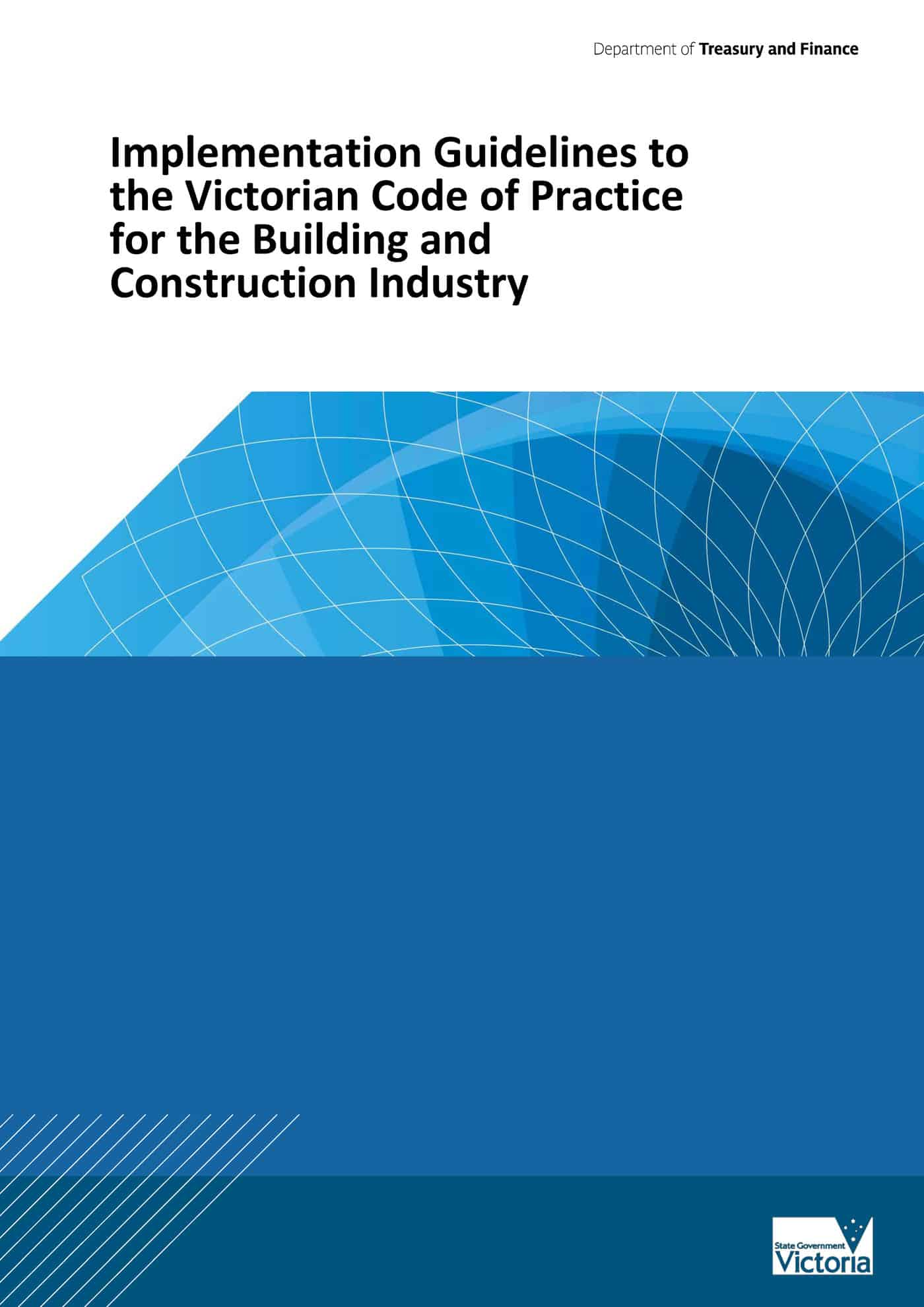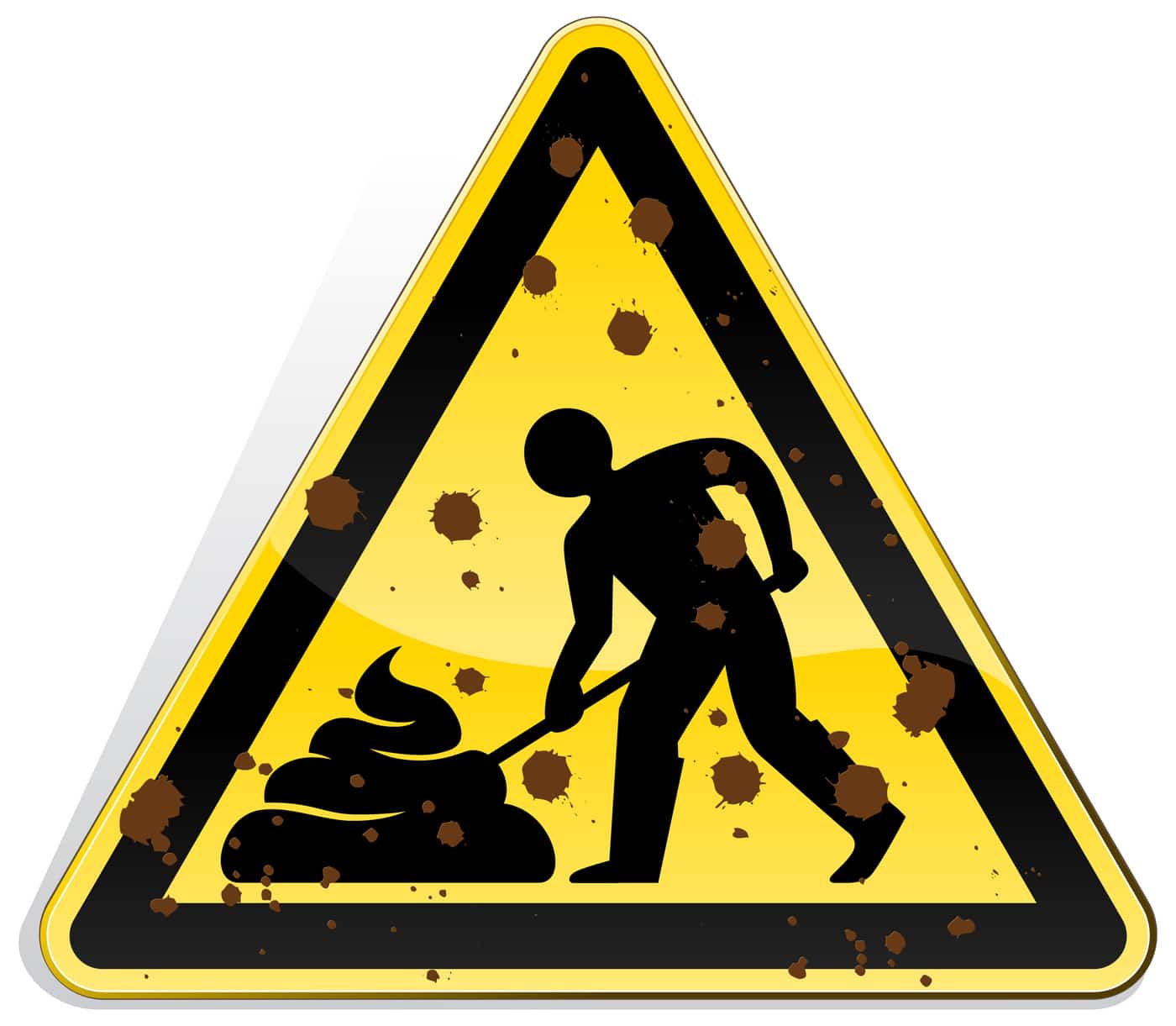 In late August 2012 at a breakfast seminar, the Director of Construction Code Compliance, Nigel Hadgkiss outlined the 1999 Victorian Code of Practice for the Building and Construction Industry, which complements a 1997 National Code, and recently released implementation guidelines being imposed on many Victorian construction companies by the Liberal Government. The Code and implementation guidelines are ostensibly about industrial relations or, as Australia is increasingly calling them, workplace relations but do contain some interesting safety elements.
In late August 2012 at a breakfast seminar, the Director of Construction Code Compliance, Nigel Hadgkiss outlined the 1999 Victorian Code of Practice for the Building and Construction Industry, which complements a 1997 National Code, and recently released implementation guidelines being imposed on many Victorian construction companies by the Liberal Government. The Code and implementation guidelines are ostensibly about industrial relations or, as Australia is increasingly calling them, workplace relations but do contain some interesting safety elements.
An intriguing element of the Code and guidelines is the introduction of a workplace culture through contract obligations and how this may affect workplace safety.
Hadgkiss stated, according to a copy of his presentation, that
“Where a party tenders for public work called for after 1 July 2012, the party is required to comply on any subsequent privately funded work.”
 This quote means that any company that applies for a Victorian Government contract, of specific costs and other criteria, must comply with the Code. Any client is entitled to impose their own contractual conditions. The obligation that “the party is required to comply on any subsequent privately funded work” means that even if the contractor or party fails to win the contract it tendered for its management of any subsequent project, even one from non-government funding, must also comply with the Code.
This quote means that any company that applies for a Victorian Government contract, of specific costs and other criteria, must comply with the Code. Any client is entitled to impose their own contractual conditions. The obligation that “the party is required to comply on any subsequent privately funded work” means that even if the contractor or party fails to win the contract it tendered for its management of any subsequent project, even one from non-government funding, must also comply with the Code.
One of the four priority elements of the Code is occupational health and safety, so OHS requirements will spread from principal contractor, or tenderer, to contractor, sub-contractors and sub-sub-contractors like a virus or an “ITI”, an industry-transmitted infection. Continue reading “Safety culture change through a regulatory-based market mechanism”




